People
What to Expect From ART21’s Reimagined New Season
The program's executive director Tina Kukielski talks about an ambitious new year for the show.
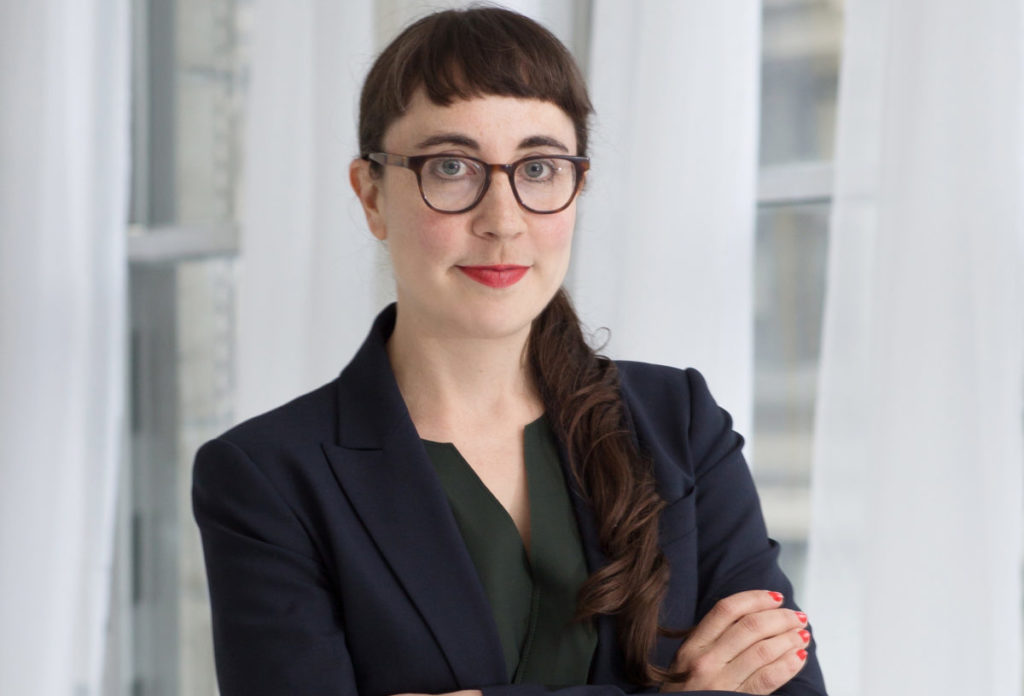
The program's executive director Tina Kukielski talks about an ambitious new year for the show.

Henri Neuendorf

Known for bringing contemporary art to the TV screen, the arts non-profit ART21 has profiled and exposed the creative processes of the world’s leading contemporary artists since 2001.
Its flagship program, the Peabody Award-winning Art in the Twenty-First Century—which is broadcast in the United States by PBS—takes viewers behind the closed doors of the contemporary art world, giving audiences a glimpse into the artist’s studios and their creative processes.
In partnership with ART21, artnet News will show exclusive clips of the upcoming 8th season of Art in the Twenty-First Century.
Fans will notice some differences in the show this year, with producers even describing it as something of a soft reboot. Among other notable differences, the series is introduced by actress Claire Danes, and has a new geographic focus, with each of the four episodes focusing on a different city: Chicago, Los Angeles, Mexico City, and Vancouver.
Featured artists include Natalia Almada, Edgar Arceneaux, Nick Cave, Minerva Cuevas, Stan Douglas, Theaster Gates, Brian Jungen, Barbara Kasten, Liz Larner, Liz Magor, Tala Madani, Damian Ortega, Pedro Reyes, Diana Thater, Jeff Wall, and Chris Ware.
In anticipation of the upcoming series artnet News spoke with ART21 executive director Tina Kukielski.
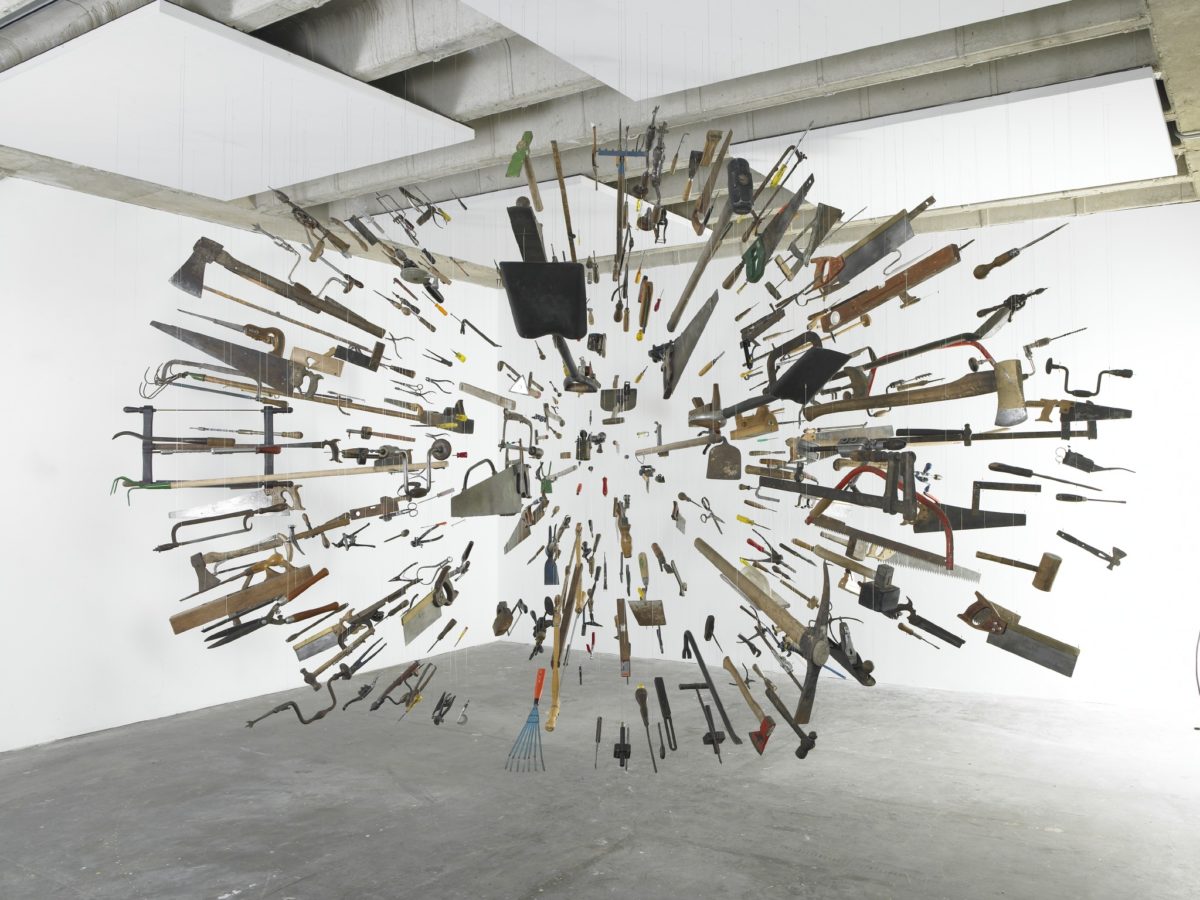
Damián Ortega Controller of the Universe (2007). Photo: Courtesy ART21.
What is Art 21 trying to do?
Art21 is a pioneer in storytelling about the creative process. Over 15 years ago we put a stake in the ground as the preeminent chronicler of artists’ lives on film. Today we house a collection of over 50 hours of video we have made in close collaboration with 150 of today’s most innovative living artists. Everything we produce is viewable for free online at art21.org or via PBS, our U.S. partner on our flagship television series Art in the Twenty-First Century now in its eighth season. As a non-profit, mission-driven organization, Art21 aims to inspire a more creative world through the works and words of contemporary artists, and we do that by providing unparalleled access to the artistic process. The intimacy of experience we achieve in our artist portraits is unique to what we do and a hallmark of our style. Most people agree that watching an Art21 film leaves a lasting impression—whether our PBS broadcast or our increasingly popular web-only shorts like New York Close Up and Exclusive series.
Right now, we are experiencing a moment of growth via our online communities as we see audiences hungry for new art and new ideas among people of all walks of life tuning in across the world. Our films are currently translated into 40 different languages. As an organization, we are in the process of a digital transformation at art21.org where we will provide a more dynamic and responsive experience to that digital first audience as compliment to our television series. Beyond that, we also believe deeply in arts advocacy and arts education and those principles guide everything that we do. People who know us, know that is a large part of what makes us unique among art organizations, and what distinguishes us from others making documentary film.
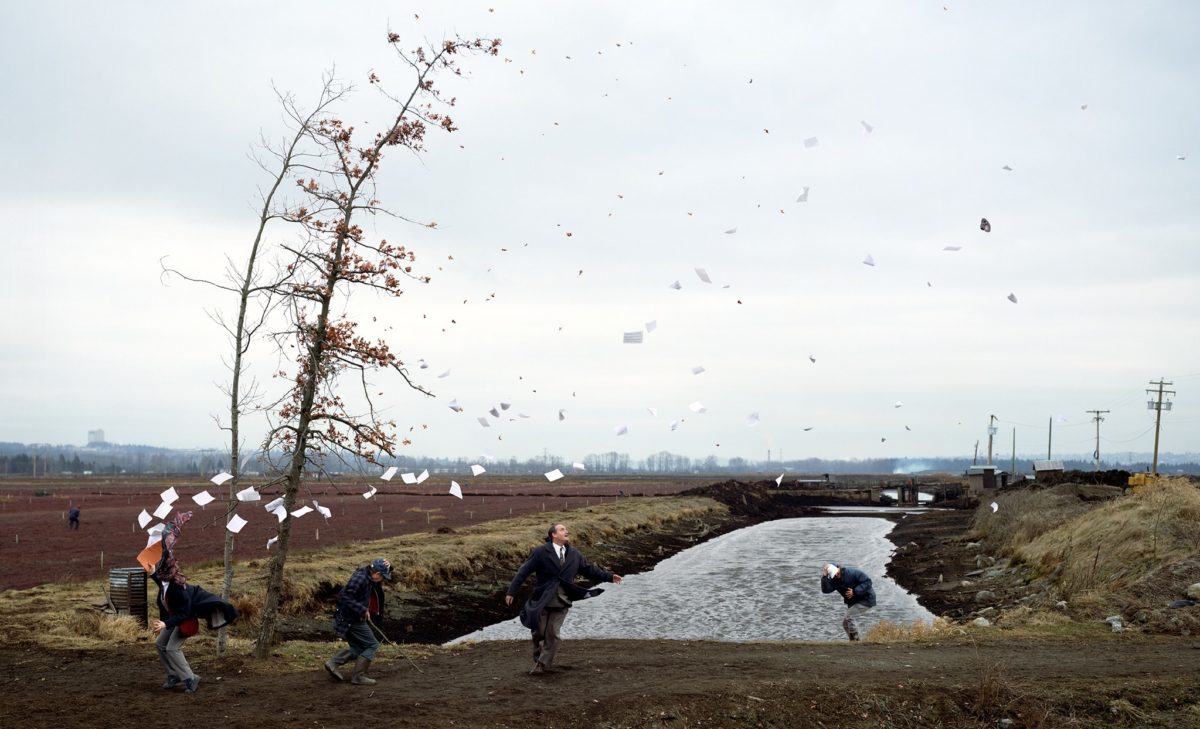
Jeff Wall, A Sudden Gust of Wind (After Hokusai) (1993). Photo: Courtesy ART21.
How do you choose the locations and artists to highlight in the program?
Today we continually hear the refrain that we live in a globalized, networked world. And it’s true. And yet, whoever you are and whatever your message, where you broadcast from matters like never before. We found the same was true with artists, and that artists were increasingly being seen and recognized for their role as citizens in the places where they live. At Art21 we choose artists who are innovators and trail-blazers in their field, and that means both within their home city and beyond.
A thread this season is the story of emerging art centers in North America, demonstrated in our choice of cities: Chicago, Los Angeles, Mexico City, and Vancouver. This is a story that is applicable worldwide as we see an increasing de-centering of the art world, and the emergence of interesting and exciting art centers all over the globe. We are open to new ideas at Art21, but we also know that a lot of artistic ideas are rooted in the past, and in art’s history. We acknowledge that our role as chronicler plays a large part in how the history of art today is written so we are always thinking about how our choices about artists build on those subjects we’ve covered in the past. We want to maintain that dialogue and interconnectedness across a diversity of disciplines and a multiplicity of ideas. The long game is that we tell the story of art of our time in a way that is innovative and that speaks with the language of the 21st century.
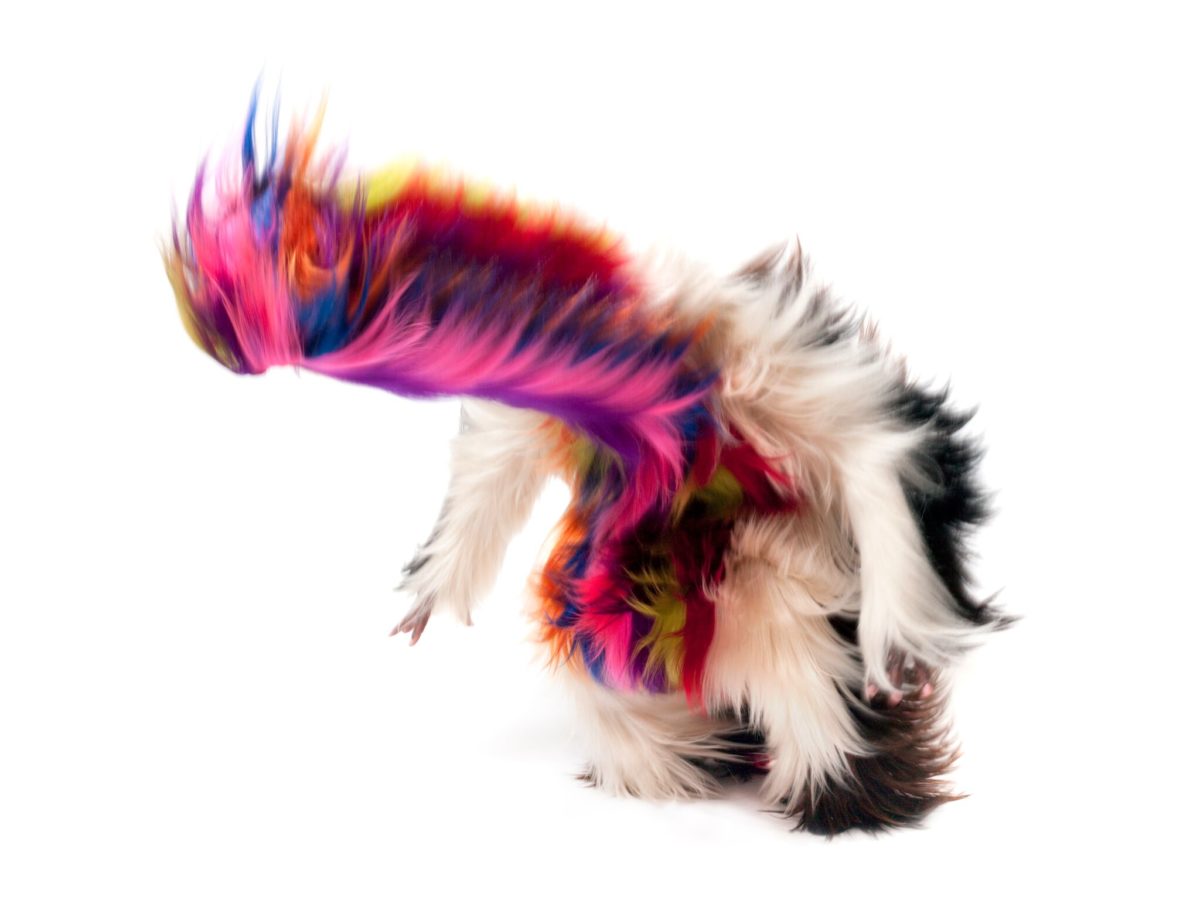
Nick Cave Soundsuit (2009). Photo: Courtesy ART21.
What is it that you hope to convey to the audience of Art21?
We are interested in telling a diverse story of art-making that can embrace unique perspectives in art and culture. At the same time, in our films and in our complimentary education resources and programs at art21.org, we uncover the issues at stake in our world today: environmental impact, political divides, the displacement of peoples, to name but a few. Each episode highlights aspects of contemporary life that viewers everywhere experience. Because our audience is global, the idea that art and the creative process is relevant and relatable to everyone is a signature message.
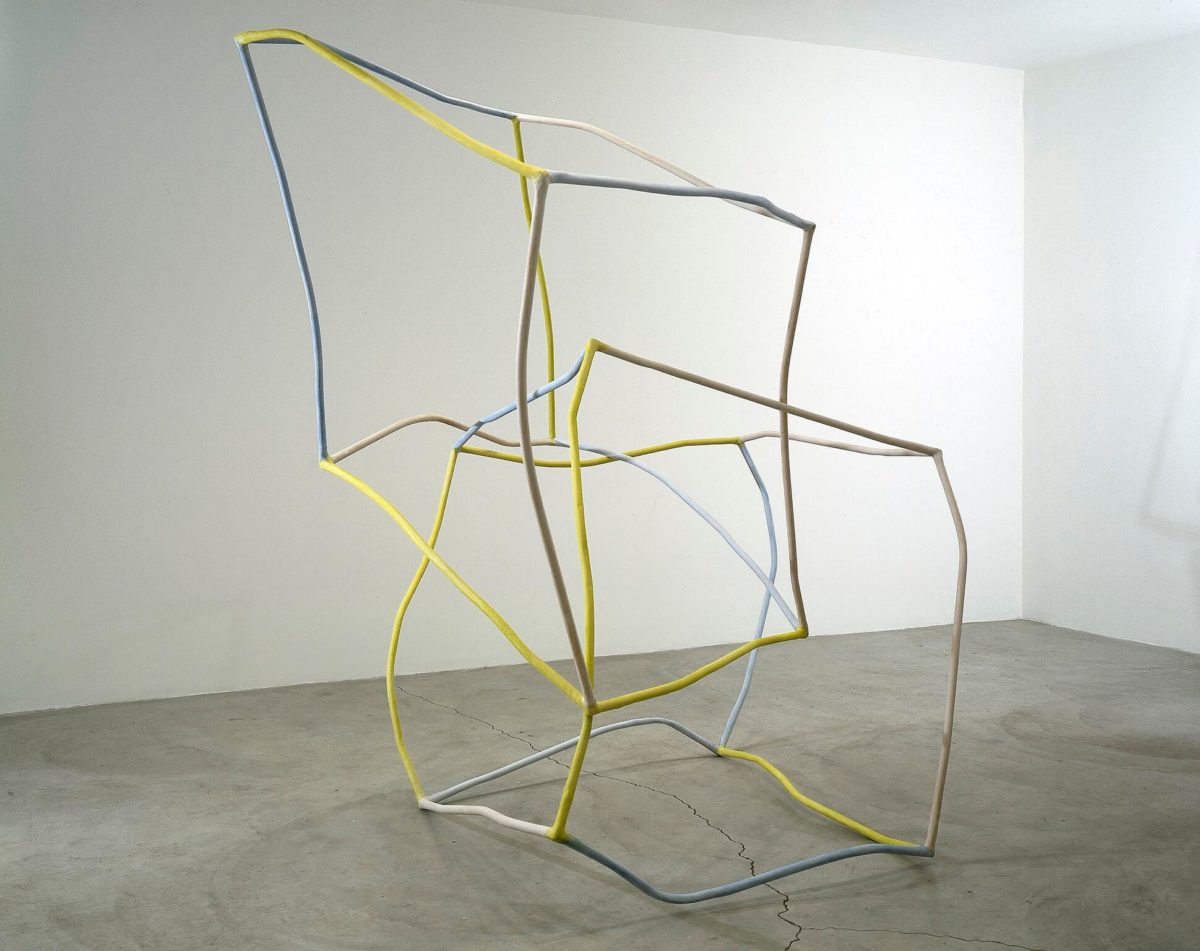
Liz Larner 2 As 3 And Some, Too (1997-98). Photo: Courtesy ART21.
Is there a large enough audience for this type of niche program?
We attract a widely diverse and broad audience. In fact, a single hour of our television broadcast reaches an audience that is significantly greater than the number of people who visit a major museum in a single year. All the time, we receive feedback from deep art enthusiasts and those with passing interests about how compelling and inspirational our stories are. We have paved the way for new approaches to teaching about the artistic process as leaders in arts education. Our films and related written resources are part of curricula worldwide for students and teachers of all ages, both in the classroom and for life-long learners at home. The experience of watching one of our intimate 15-minute portraits with an artist has a lasting and memorable impact in large part because TV and film is the medium of our day.
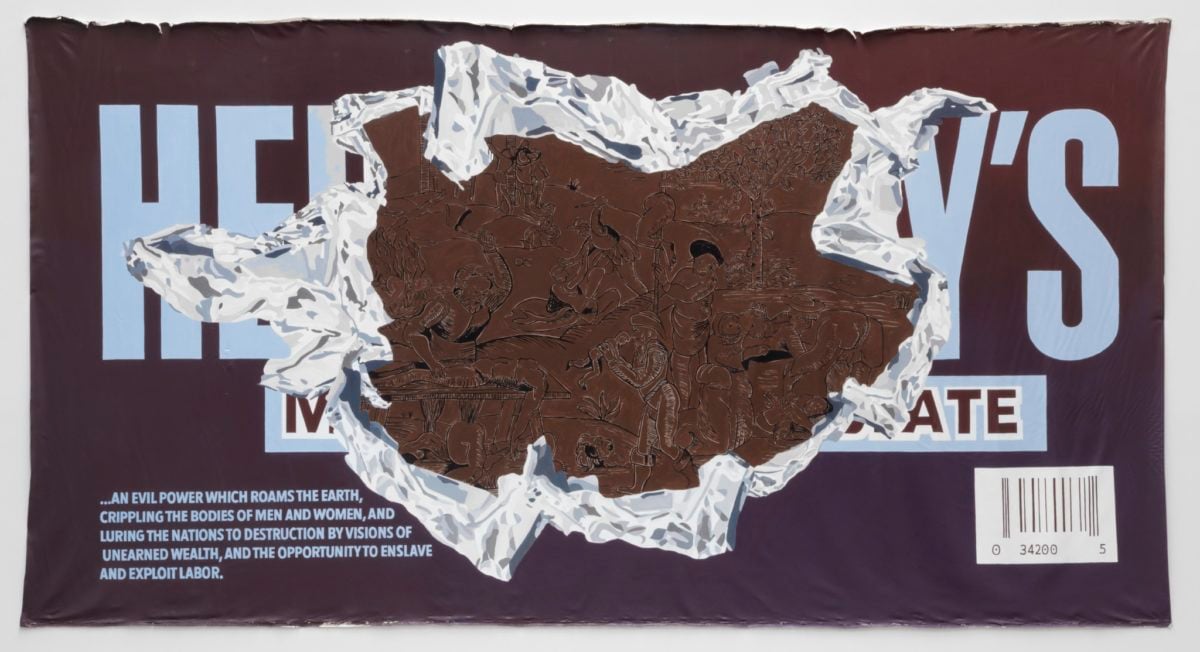
Minerva Cuevas Bitter Sweet Hershey’s Photo: Courtesy ART21.
What were some of the challenges you faced producing the latest series?
We visited each artist many times at different points over the production cycle so that we could tell an unfolding narrative about their work and to find those moments when their work goes public in a museum or gallery. Our mission has been and continues to be to create something like a direct experience with the artist. We want our viewers to feel like they are sharing an authentic moment with the artist speaking candidly and thoughtfully about their work, the ideas on their mind, and the influences on their practice. We consider all of these factors as part of the artist’s story. Believe it or not, 400 hours of filming was conducted this season. I think the biggest challenge was conducting the orchestra of players since our production model combines in-house Art21 talent with a valuable group of outside voices. Our executive producer Eve Moros-Ortega has a knack for getting everyone to work in harmony.
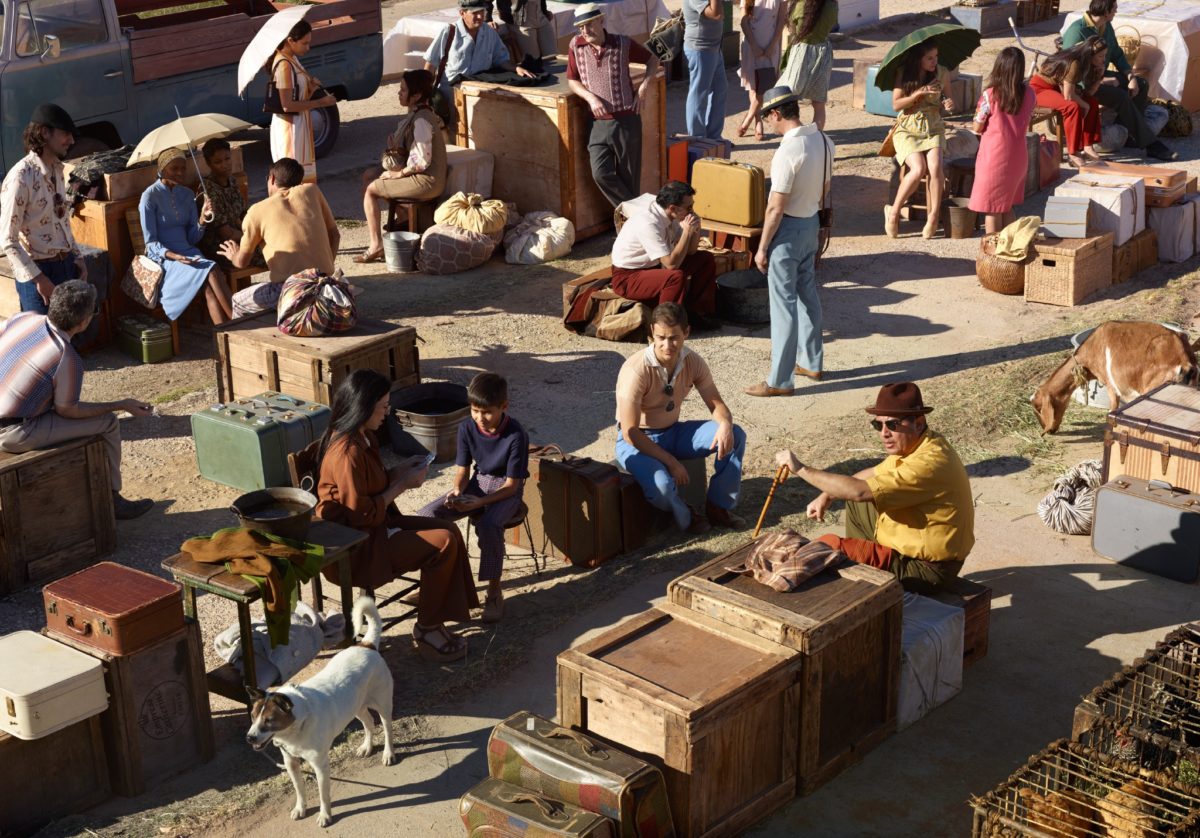
Stan Douglas Exodus 1975 (2012). Photo: Courtesy ART21.
What can viewers expect this year?
At ART21, we are an organization that likes to try new things and it was time to try something new. We decided to use cities as a lens through which to create this season’s four episodes. The cities have given us an incredible backdrop so you will see lots of interesting moments using drone photography like the aerial views both in and outside studios in the urbanscape of Vancouver, or the dynamically beautiful pans in the markets of Mexico City where we follow artists like Damian Ortega shop for morning coffee, or while tracking artist Chris Ware on his bike commute in Chicago.
This new direction for us set up an interesting and meaningful dialogue about location that we feel enriches the program, even beyond the broadcast, sparking conversations that will play out in our scheduled education programs we are co-hosting with major museums and cinemas in cities across the United States, Canada and Mexico, and beyond.